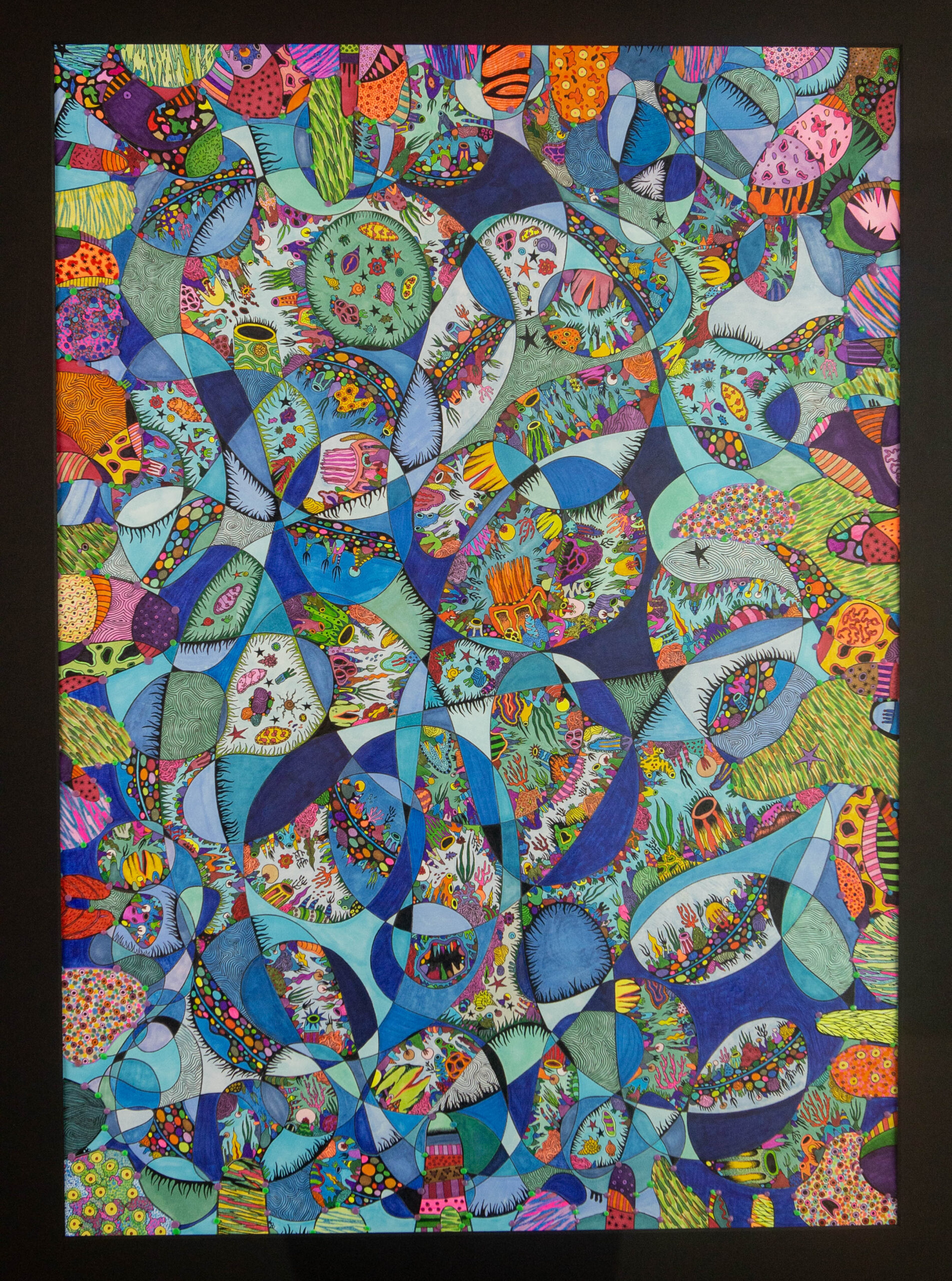“Thought that accepts reality as given is no thought at all.”—Herbert Marcuse
Life is known to us through the aid of the senses, the miraculous filters of awareness, without which, we might cease to exist in the current context or perhaps inhabit unknown dimensions of being. The body seemingly functions as an organic tool inherent to evolving biological memory that helps stimulate consciousness. Humanity has likely developed through a self-formative process, wherein the external world is realised, appropriated, and transformed by perception or understanding relative to experience and subject to metamorphosis. The symbiosis of the psyche and the physical is perceived as complementary as it situates human cognisance in states of constant flux. In this way, newness is always at play, generating discourse beyond the corporeal sphere despite being a consequence.
This juxtaposition is particularly evident when considering the belief in a correspondence between the Universe and Man—macrocosm and microcosm. A subject often alluded to when examining our interconnectedness with the environment relative to the human and the cultural sphere. Landscapes (linguistic or otherwise) highlight fundamental questions concerning the nature of being, philosophy of knowledge, and theoretical perspective. Mirroring the tangible through visual cues and commonplace constructs is a catalyst for a better means of universal communication. Simultaneously, it transmutes expressions of transient mentality that attempt to capture some essence of an innate and visceral human condition. Considering a correlation with the audience or observer further informs the intrinsic and cyclic exchange between the external and internal through the exhibition. We might individually live dependent and bound by personal knowledge and awareness, comprising our so-called reality; however, both concepts are considered equivocal. As the earth is a locus for humanity, a landscape serves as a locus for interconnection regardless of manifestation.
by KSO

